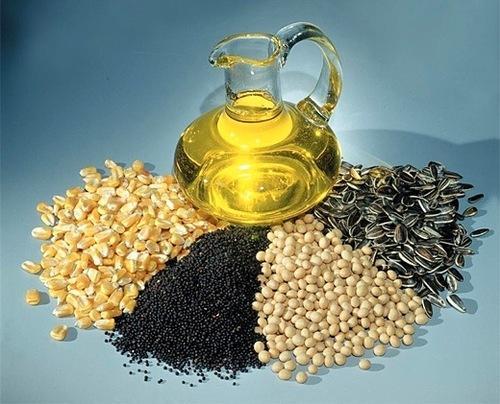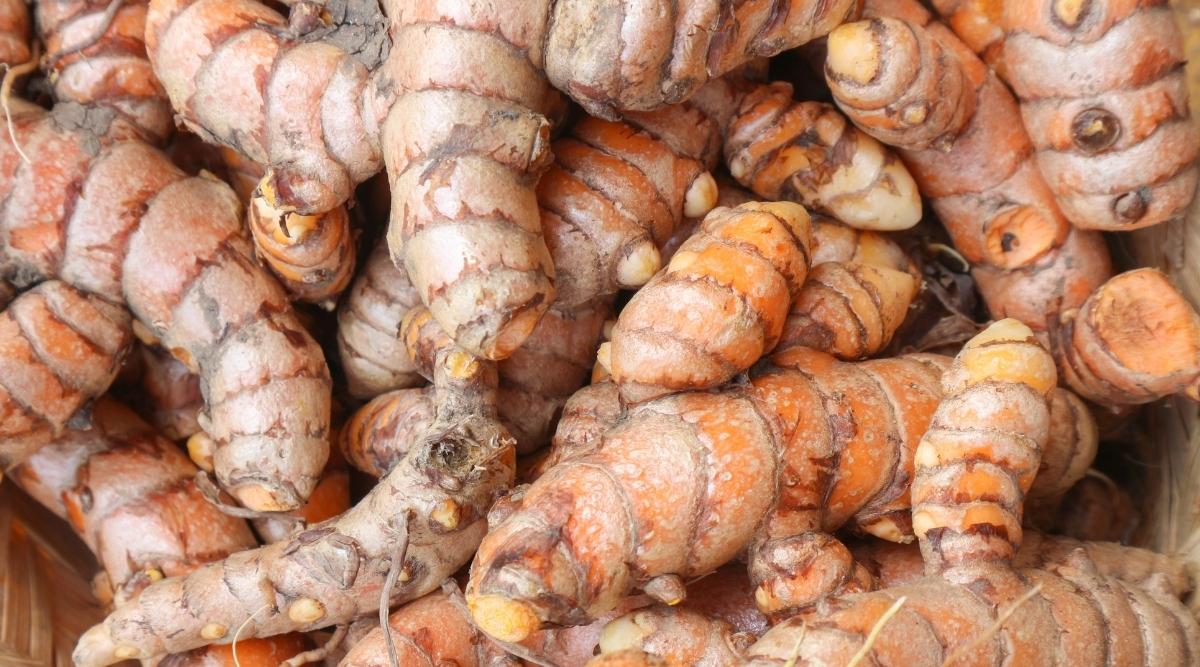Despite a prohibition on wheat exports in May and restrictions on sugar shipments, India’s agricultural exports maintained steady through the end of this fiscal year. According to data obtained from the DGCIS, agricultural exports increased by about 20% between April and August to $23 billion, just slightly faster than the growth in total merchandise exports.
Analysts warned that these exports could face pressure in the second half of this fiscal year once the full effects of the restrictions, applied in various months, begin to materialize. In addition, the government prohibited the export of wheat products on August 27 and broken rice on September 8, with consequences that will be reflected in the trade figures in the upcoming months. The realization of exports may also be affected by falling commodity prices.
The most recent data, basmati supplies increased by 37% to $1.97 billion and wheat exports increased by 170% to $1.43 billion in the first five months of FY23. This increase was mostly the result of large despatches made prior to the embargo. However, exports of non-basmati rice only increased by 13% to $2.72 billion till August, while those of marine products only increased by 8% to $3.4 billion, in part because of an unfavorable base effect.
Farm exports exceeded previous records in FY22, reaching $50.2 billion, despite supply-chain issues brought on by the pandemic. The exports were supported by a steady increase in non-basmati rice supplies and a rebound in marine product dispatches. The government has already resorted to restrictions or product bans due to the increased risks of food inflation. On May 13, it forbade the export of wheat, and soon after, it put restrictions on wheat-derived products and broken rice.

